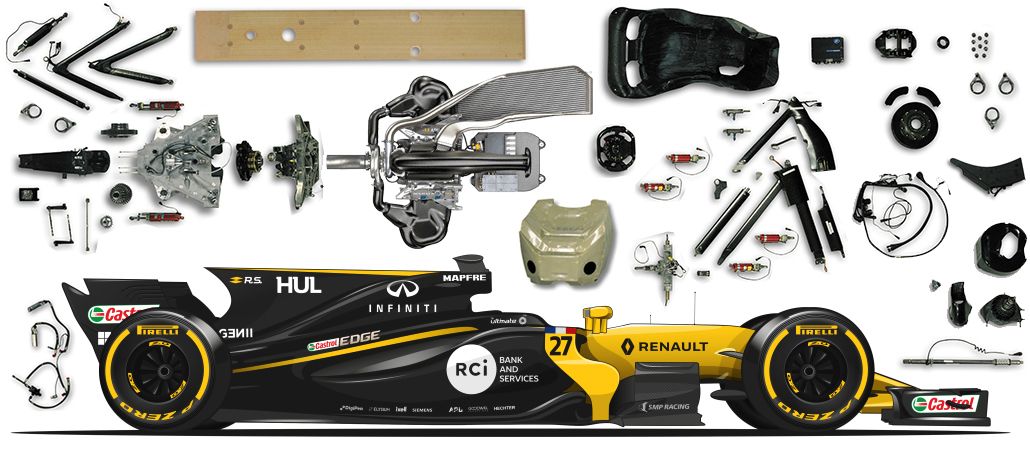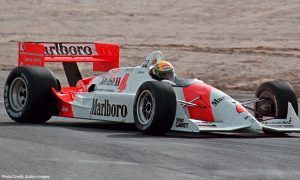From an anatomist’s point of view, a Formula 1 car is made up of no less than 20 000 parts. Once assembled together, these embody a concept, a vision that was initiated very much upstream.
“From the conceptual work to the finished product, making an F1 car takes more than a year, 14 months plus. It depends very much on how much you are changing the major concepts”, Renault’s chassis technical director Nick Chester told F1i.
Before putting together all the pieces in the puzzle, F1 teams must define the main technical orientations that will drive the car’s design. In order to do so, engineers tend to use the current-spec machine as a starting point.
“When you have a period with stable rules, you start with the current car as a baseline,” Chester added. “You might know that there are certain things on the car that are a constraint. Maybe, for example, the cooling package isn’t ideal. So as part of your new car design, you will try to address the areas you feel are weak.”

© XPB Images
“You also aim to give the aerodynamicists more freedom to develop the key flow structures. For example, they might have seen something that requires a major shift of geometry to allow more development.”
“So, you make those big changes early on then keep developing from those points. You are always trying to find out what are the constraints so you can give the aerodynamicists more freedom. It is very different when, for example in 2017, everything is new on this car and you are trying to do everything at the same time.”

 '
'




